Get PeakVisor App
Sign In
Search by GPS coordinates
- Latitude
- ° ' ''
- Longitude
- ° ' ''
- Units of Length

Yes
Cancel
Share ×

Scan the QR code and open PeakVisor on your phone
❤ Wishlist ×
Choose
Delete
The Kofa National Wildlife Refuge is situated in the southwestern region of the US state of Arizona. The protected region helps support a variety of wildlife and was originally established to help protect desert bighorn sheep. The tallest and most prominent peak in the wildlife refuge is Signal Peak at 4,859 feet (1,481 m) tall with 3,461 feet (1,055 m) of prominence.
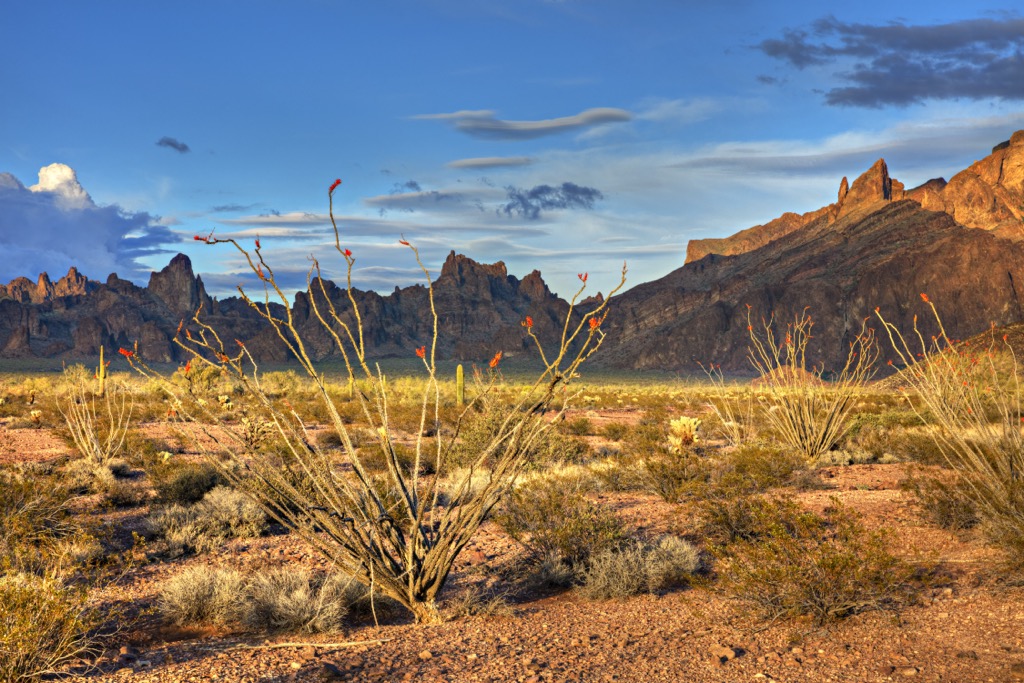
The Kofa National Wildlife Refuge lies in the southwestern stretches of the US state of Arizona. This section of terrain is marked by the Yuma Desert region of the Sonoran Desert landscape along with the Kofa Mountains and Castle Dome Mountains.
The wildlife refuge spans 665,400 acres (269,278 ha) across Yuma and La Paz counties. The sloping foothills quickly give rise to rugged ridgelines and jagged peaks. Within the refuge lies the Kofa Wilderness, spanning 547,719 acres (221,654 m) and marking the second largest wilderness in the state.
West of the refuge lies the Colorado River which runs along Arizona’s state border with California. Pearl Harbor Memorial Highway is located to the north while the Gila River is situated to the south. Further south of the refuge lies the US-Mexico border.
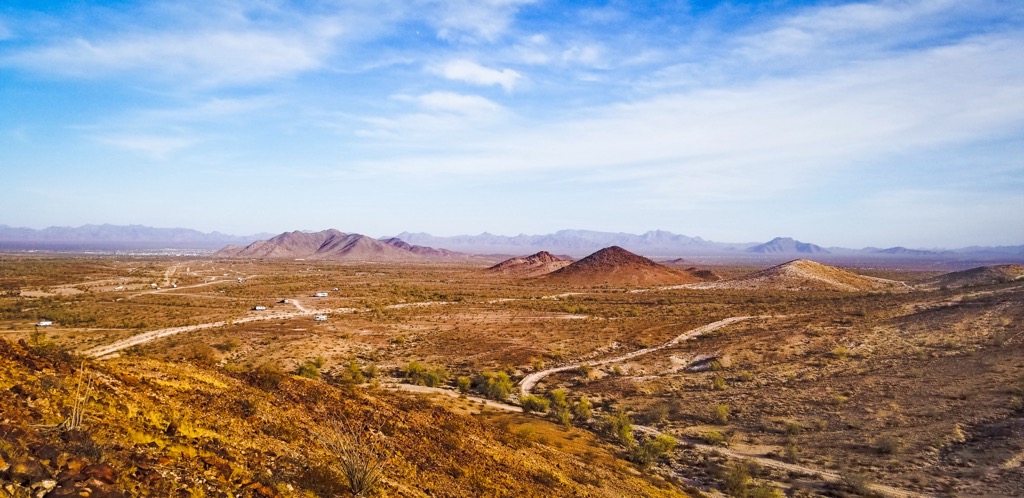
Small watering holes are scattered throughout the desert landscape, helping support a variety of animal species. The Kofa Mountains encompass a majority of the peaks in the refuge while the Castle Dome Mountains lie in the southern section of the refuge.
King Valley separates these two mountain ranges, which both tower thousands of feet above the desert floor. The varied topography has allowed a wide variety of both flora and fauna to thrive amidst the harsh desert landscape.
Additionally, the Kofa National Wildlife Refuge is surrounded by popular outdoor recreation areas. Within the refuge lies the Kofa Wilderness while the Imperial National Wildlife Refuge is situated to the west along the banks of the Colorado River. East of the refuge lies the Eagletail Mountains Wilderness while the Cabeza Prieta National Wildlife Refuge and Organ Pipe Cactus National Monument are situated to the southeast along the US-Mexico border.
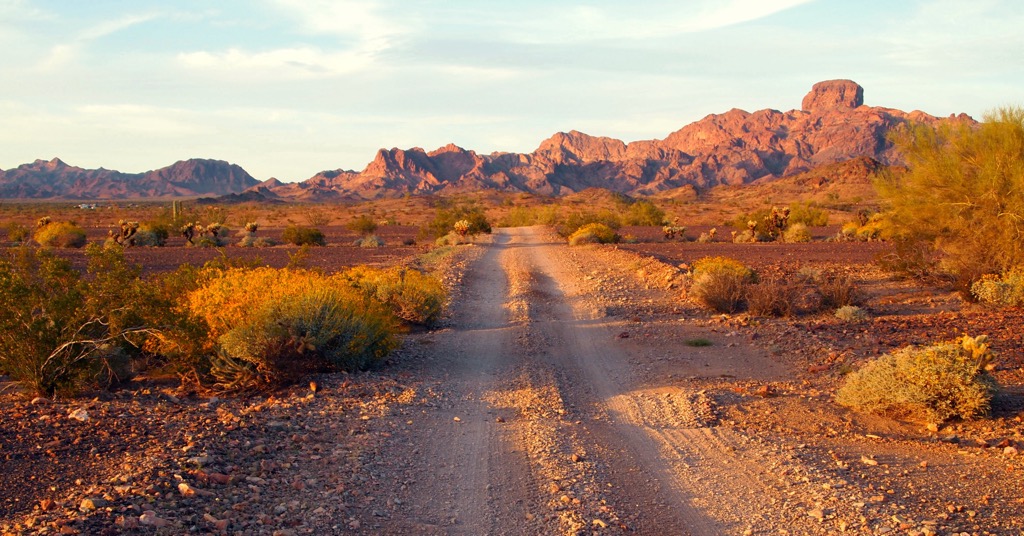
The Kofa National Wildlife Refuge lies within the Sonoran Desert which extends across southwestern Arizona and into portions of California, Baja California, and Mexico.
The Sonoran Desert is geologically part of the larger Basin and Range Province. This region ecompasses land in Utah, Idaho, Nevada, Arizona, and California. Formation of the mountain ranges in the region began roughly 40 million years ago.

Widespread volcanic activity occurred as the Pacific Ocean tectonic plate was subducted beneath the North American tectonic plate. As the Earth’s crust was continually stretched and folded, a series of mountain ranges were formed.
The Basin and Range Province is known for its series of alternating mountain ranges and sweeping basins which trend in a north to south direction. Mountain ranges within and near the refuge feature less distinct patterns compared to terrain in Nevada.
Minerals and metals found in the region showcase volcanic activity that occurred over the past 10 million years. Erosion and flooding carved out the landscape over the course of millions of years, further defining the dramatic changes in elevation.
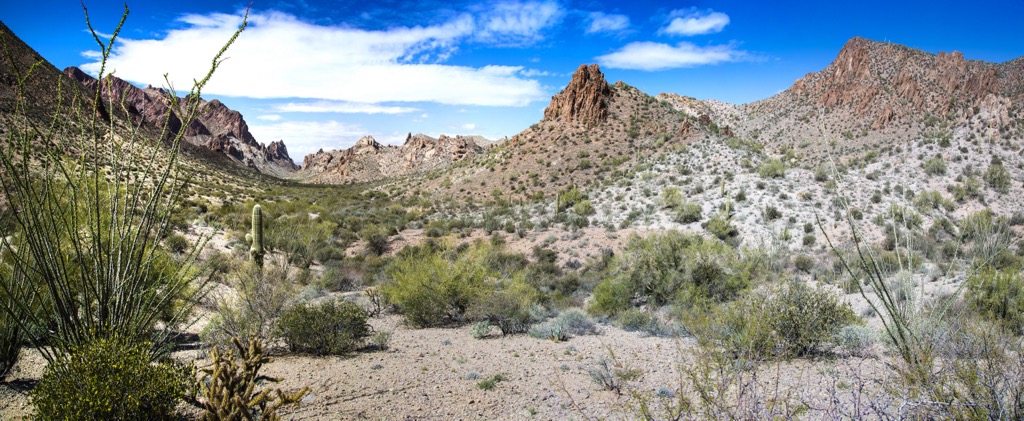
Major peaks within the refuge include Signal Peak, Castle Dome Peak, Thumb Peak, and High Peak.
The Kofa National Wildlife Refuge helps support a population of desert bighorn sheep, for whom the region was originally established to protect. The population of these sheep is estimated to be around 425.
Other animals that inhabit the refuge include kit fox, badger, and the desert tortoise. A population of cougars has become established in recent years. Some common bird species include the American kestrel, cactus wren, northern flicker, and orange-crowned warbler amongst various others.
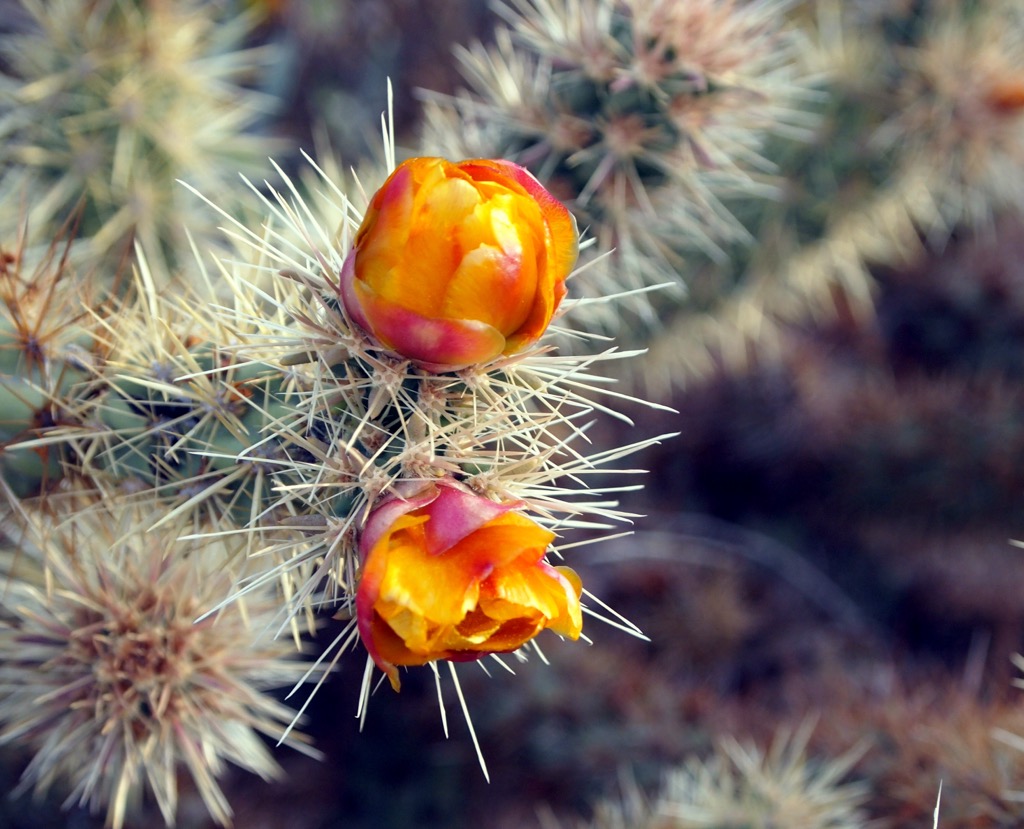
The desert landscape features species of shrubs, cactus, flowers, and grasses though there are no large forested patches. Within the refuge lies the Kofa Mountain barberry, which is endemic to the region. The desert fan palm grows in the area, which is the only native palm found in the state of Arizona.
The land surrounding the national wildlife refuge has been home to humans for nearly 11,000 years. Long before the arrival of Europeans, this region was home to the Mogollon, Sobaipuri, and Hohokam cultures.
The region marks part of the ancestral homelands of many peoples, including the Cocopah Tribe (Cocopah: Xawitt Kwñchawaay) , Fort Yuma-Quechan Indian Tribe, and the Yavapai Apache Tribe. Today descendants of the Yavapai-Apache Tribe are part of the Yavapai-Apache Nation, Fort McDowell Yavapai Nation, and the Yavapai Prescott Indian Tribe.
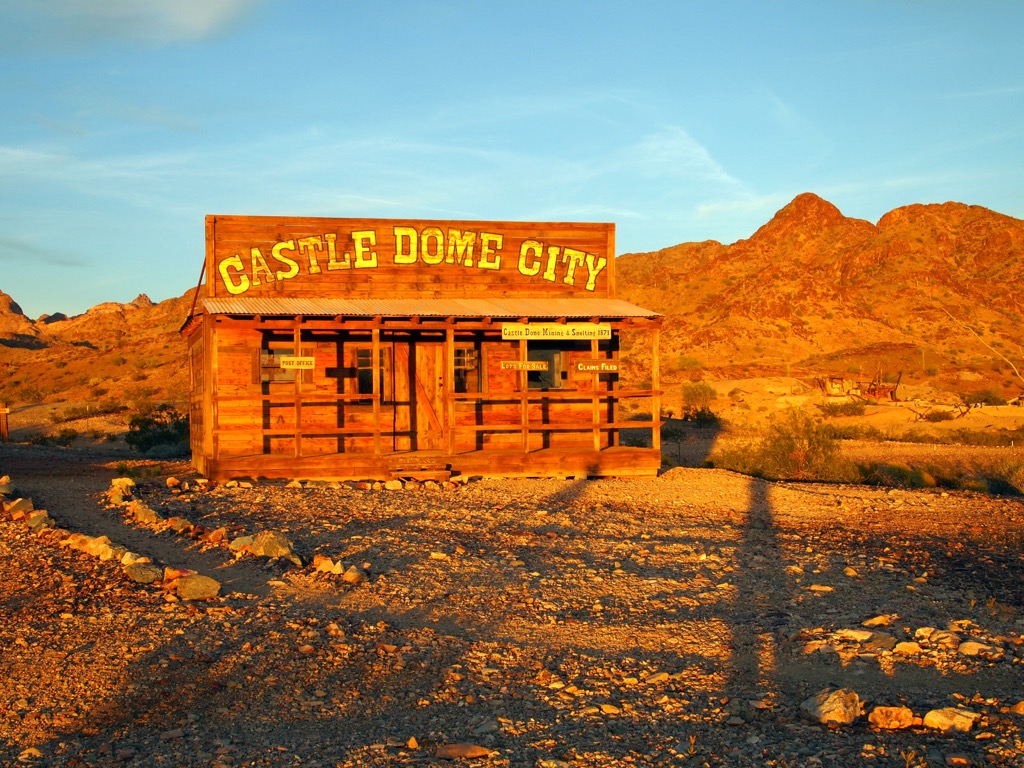
The Cocopah Tribe historically inhabited land near the Gulf of California, along the Lower Colorado River. The Tribe marks one of the seven descendant Tribes of the Yuman language speakers.
The first recorded contact between the Indigenous peoples of the region and Europeans occurred in 1540. During this time the Spaniard Hernando de Alacron traveled along the Colorado River, encountering many Indigenous Tribes along the way. This surrounding land was also visited by the Spanish missionary Eusebio Franciscowho, who went on to found the Mission San Xavier del Bac near present-day Tucson in 1700.
In 1821, following the Mexican War for Independence, the surrounding region was declared as part of the Mexican state of Sonora. Westward expansion during the 1840s brought European-Americans through the region. A large influx of people arrived in 1849 with the rise of the California Gold Rush.
Following the Mexican-American War in 1848, the surrounding land was reallocated to the US, later becoming the state of Arizona. This new border separated the Cocopah Tribal lands across the two countries. In 1930, the groups on either side of the border were forced to end their Tribal unity.
The name Kofa refers to a gold mine in the Kofa Mountains which was active from 1897 to 1910. Known as the “King of Arizona, the mine led to an increased population throughout the region.
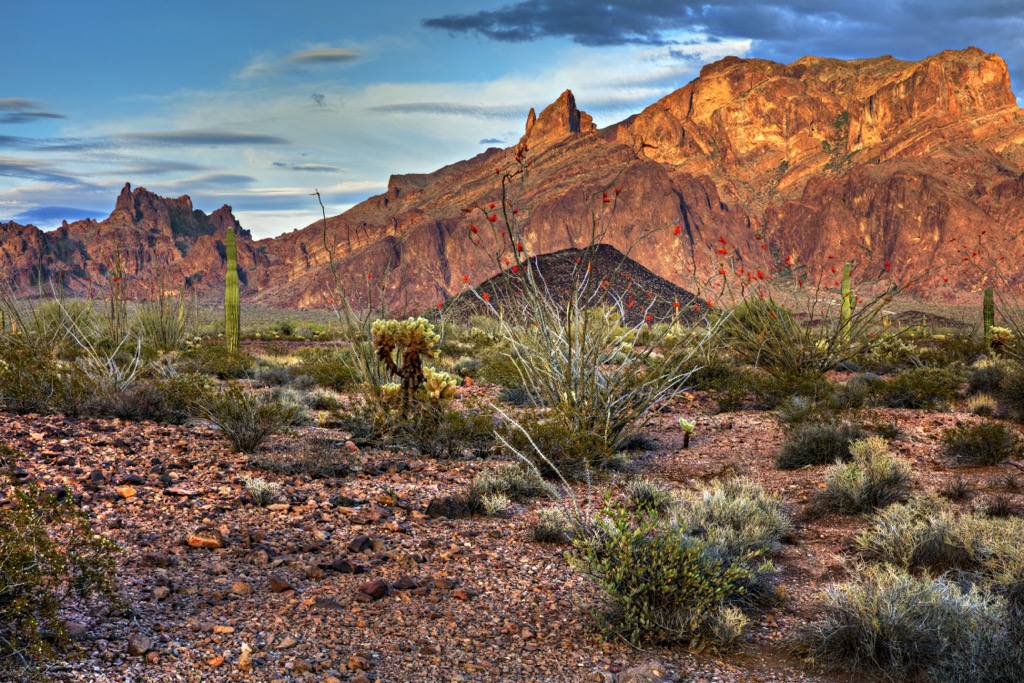
As populations continued to rise, the Indigenous peoples of the region continually resisted the assimilation forced on by the US government. Settlers, often backed by the US Army, continually harassed, attacked, displaced, and killed the Indigenous people. Those who survived were forcibly removed for their ancestral lands and relocated onto reservations.
The creation of the national wildlife refuge was led by the Arizona Boy Scouts who in 1936 observed the dwindling number of desert bighorn sheep. In 1939, over 1.5 million acres of land were set aside for the Kofa and nearby Cabeza Prieta National Wildlife Refuge. The Kofa Wilderness was established in 1990.
There are a plethora of trails in the wildlife refuge. Those visiting the region should be prepared to withstand the harsh desert conditions and pack extra water. Here are a few hiking areas in the surrounding region:
The Palm Canyon Trail lies in the western section of the wildlife refuge. This route climbs gradually throughout, winding through the canyon with rugged red rock walls towering above on either side while the desert landscape extends to the west. This out and back trail is 1.3 miles (2 km) and features 492 feet (150 m) of elevation gain.
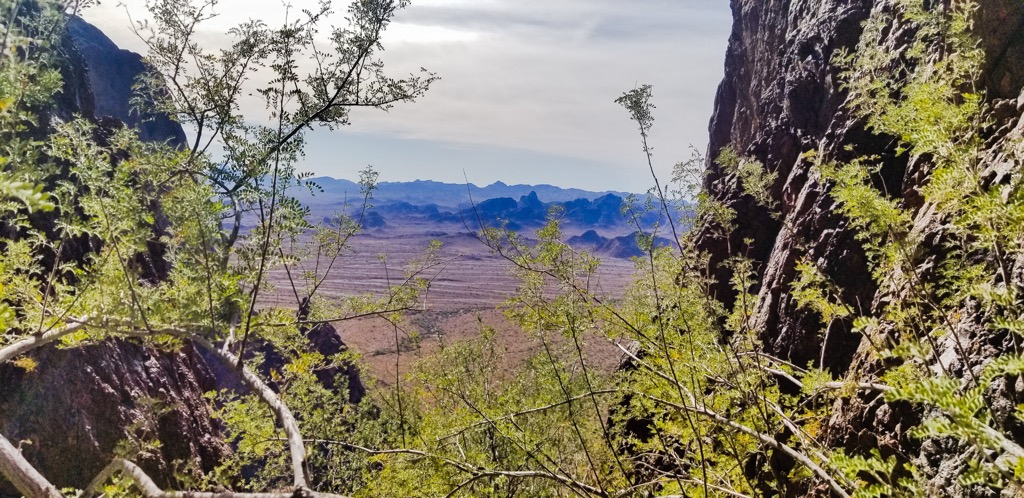
Signal Peak marks the tallest and most prominent peak in the wildlife refuge, offering stunning views of the surrounding landscape from its summit. To reach the top of the peak, the trail begins by climbing gradually, with the trail steepening near the summit. Hikers should note there is little to no shade along the route. This trail is 4.3 miles (6.9 km) long and features 2,047 feet (624 m) of elevation gain.
Crystal Hill lies in the northwestern stretches of the wildlife refuge. The route has a gradual climb up to the summit with a plethora of cacti throughout. From the summit, hikers have unobstructed views of the steep mountains rising from the desert floor. This trail is 1.4 miles (2.3 km) long and features 347 feet (106 m) of elevation gain.

Looking for a place to stay near the Kofa National Wildlife Refuge? Here are some of the best cities and villages to check out in the region:
The city of Yuma lies a short drive southwest of the Kofa National Wildlife Refuge. With a population of around 100,000 residents, Yuma is situated along the banks of the Colorado River. Yuma has garnered the reputation for being the “Sunniest City on Earth”, boasting sunshine throughout ninety-one percent of the year.
The plethora of sunshine in the region has allowed Yuma to become a pillar in the agricultural economy. Outside the city lie opportunities for hiking, mountain biking, and bird watching. Other popular areas for outdoor recreation include the Imperial Sand Dunes and the Colorado River.
Besides outdoor recreation, Yuma is also home to the historic Yuma Territorial Prison and Yuma Quartermaster Depot State Historic Park.
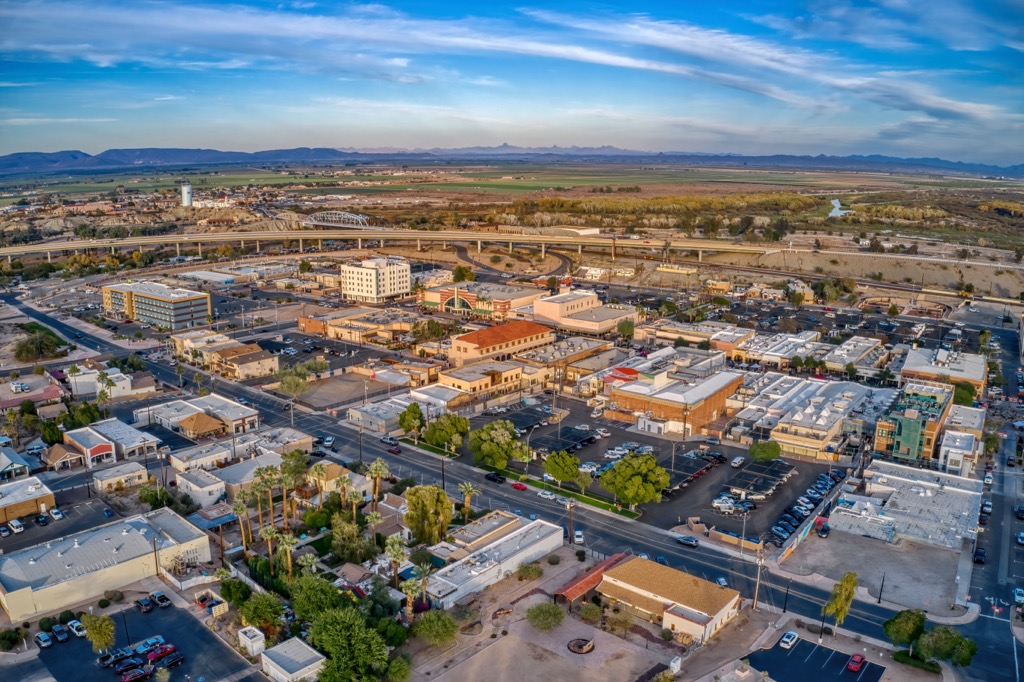
Phoenix lies around a two hours drive east of the national wildlife refuge, marking the closest major city. With a metro population of over 1.6 million people, Phoenix is the most populous region in the state of Arizona.
Despite this relatively large population, the city is surrounded by a plethora of stunning landscapes that can be used for outdoor recreation. Some popular nearby attractions include Tonto National Forest, Prescott National Forest, and the Sonoran Desert National Monument.
Phoenix is also home to dozens of museums as well as a thriving food scene. Within the city lie the Desert Botanical Garden and Taliesin West, which marks the previous home of the famous architect Frank Lloyd Wright.
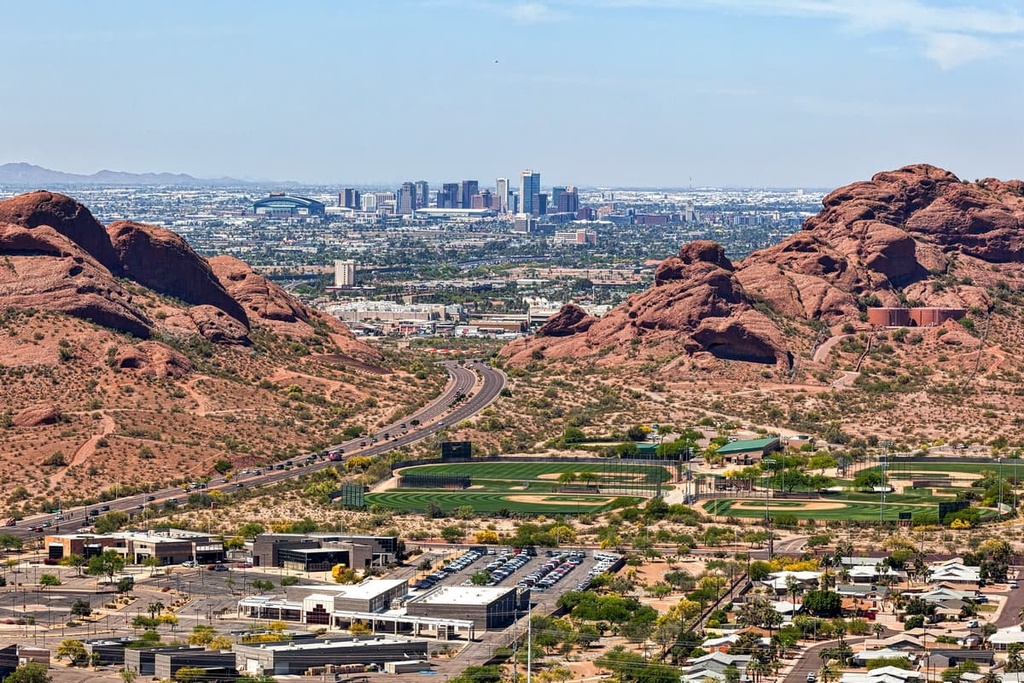
Explore Kofa National Wildlife Refuge with the PeakVisor 3D Map and identify its summits.








